Airplanes are a common means of transportation for modern humans; however, throughout history, there have been some incredibly strange aircraft created for specific purposes.
Strange Aircraft Designs in History
1. The Aerodyne
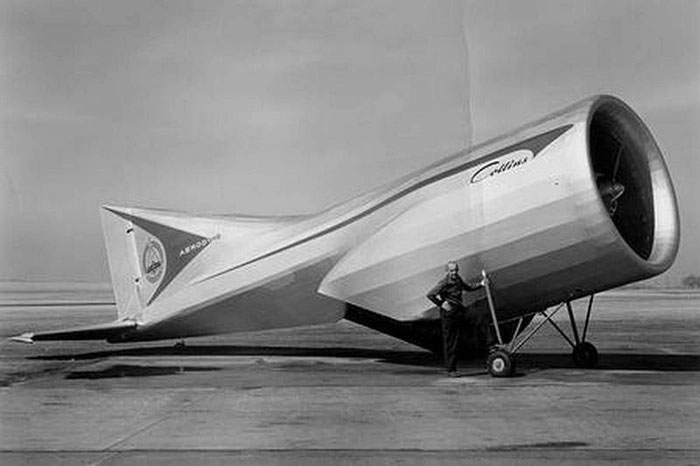
To this day, the Aerodyne remains one of the strangest aircraft ever created by humans. It was developed by Alexander Lippisch, a German refugee who helped the United States win both World War II and the Cold War. Physically, the Aerodyne resembles a loudspeaker or amplifier and maintains two coaxial propellers simultaneously to generate lift and thrust.
2. The Rotary Rocket
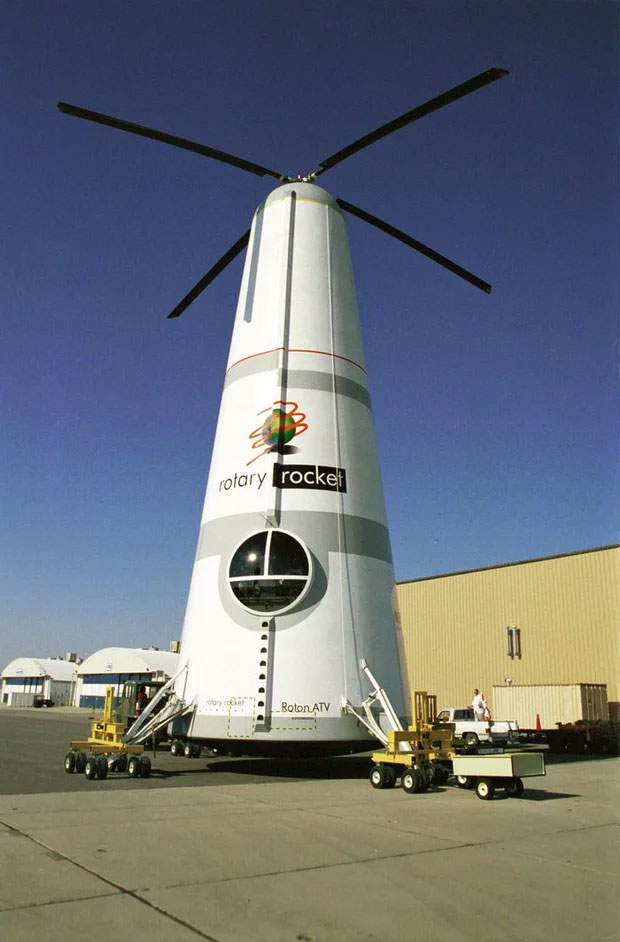
The Rotary Rocket is one of the peculiar aviation devices ever developed by humanity. It has a shape somewhat similar to a vibrating tube, integrated with four large-diameter propellers on top and a “liquid propellant rocket engine” positioned underneath.
3. Domicopter
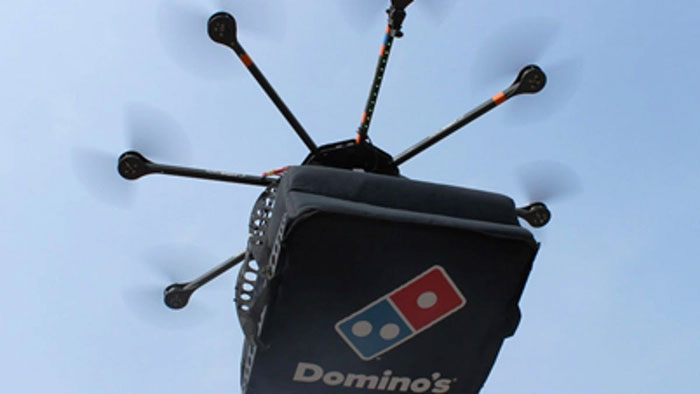
In 2013, the world was introduced to the “DomiCopter,” a very unusual creation designed to deliver Domino’s pizza orders to customers remotely without the need for drivers, apart from those controlling the device from the Domino brand.
4. HZ 1 Aerocycle
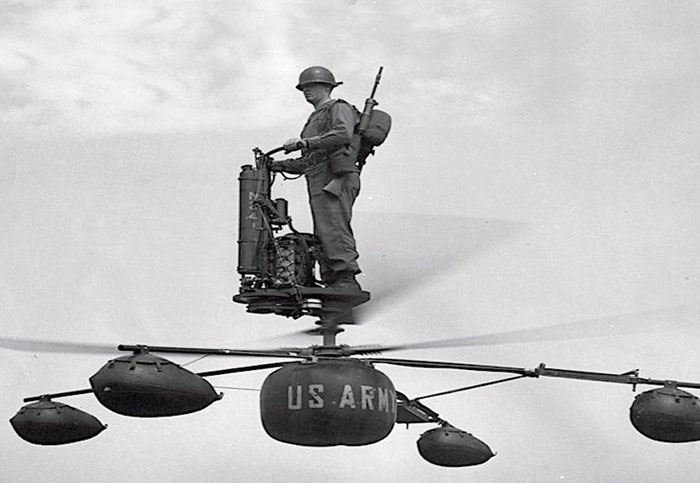
According to historical reports, the HZ-1 Aerocycle was designed with the aspiration to create a breakthrough flying vehicle. At the height of the Cold War in the 1950s, it was designed by de Lackner Helicopters with the intention of becoming a standard reconnaissance machine for the U.S. Army.
While all aircraft of that time posed a risk of accidents, the Aerocycle seemed to be even more prone to accidents than traditional flying devices. Its failure to become a standard reconnaissance machine was due to the fact that enemies could easily target the pilots. Furthermore, if the pilot lost balance, they could very likely collide with the high-speed rotating metal propellers and be injured or even killed.
5. The Hughes H-4 Hercules
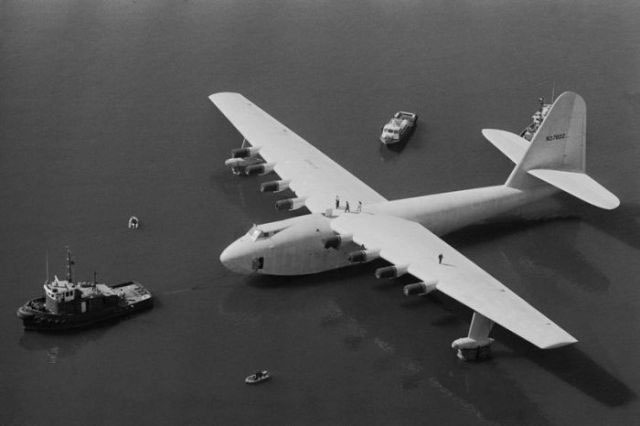
The technical name of the “Spruce Goose” is Hughes H-4 Hercules. It was developed by Howard Hughes, a legendary man whose life legacy spanned innovations in filmmaking, aviation, and personal eccentricities. Co-designed with Henry J. Kaiser, this aircraft had an astonishing weight of about 300,000 tons and was intended for transatlantic transport for the U.S. military during World War II.
Unfortunately, it was never completed in time for that purpose and became an unfinished project.
6. Stipa Caproni
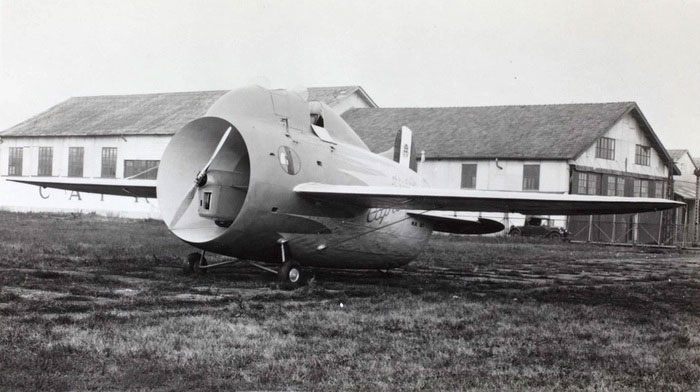
The Stipa-Caproni, also known as Caproni Stipa, is an experimental aircraft from Italy designed in 1932 by Luigi Stipa and built by Caproni. It features a hollow fuselage, barrel-shaped with the engine and propeller completely enclosed by the fuselage – essentially making the entire aircraft a single tube propeller.
7. Kaman K-16

The Kaman K-16 was developed in 1954 by Kaman Aerospace, a company founded by Charles Kaman in 1945. This aircraft features a distinct “rotor wing,” reportedly providing enhanced lift. The K-16 successfully completed several tests in NASA’s Ames wind tunnel; however, it was never put into practical use.
8. The Kettering Bug
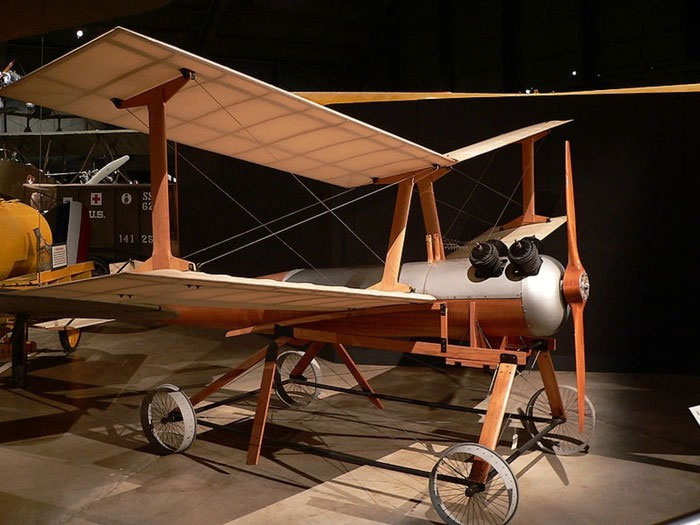
The Kettering Bug was the first unmanned aerial vehicle developed during World War II and is also a precursor to today’s cruise missiles. It had the capability to attack ground targets up to 121 km (75 miles) away from the launch point while traveling at a speed of 80 km/h. The Bug’s expensive design and operation inspired Dr. Henry W. Walden to create a missile that allowed pilots to control the missile after launch using radio waves. The British radio-controlled weapons of 1917 were a secret at that time. These designs are the precursors to modern missiles.
9. Bartini Beriev VVA-14
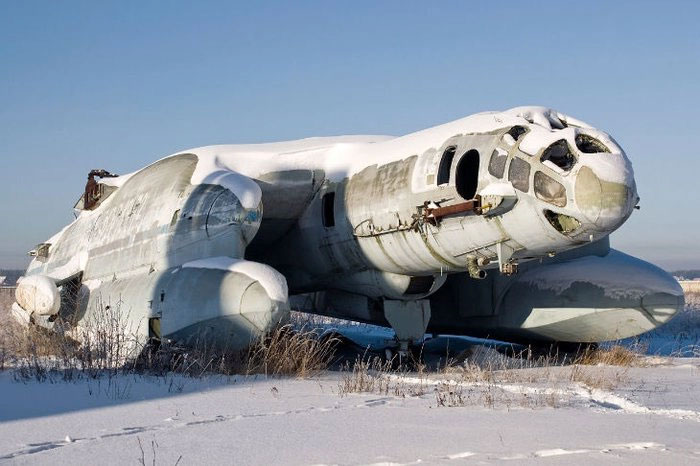
The Bartini Beriev VVA-14 (a vertical takeoff and landing amphibious aircraft) was developed by the Soviet Union in the 1970s. The aircraft was designed by Italian designer Robert Ludvigovich Bartini. When designer Robert Bartini passed away in 1974, the project stalled before being canceled, although test models had completed 107 takeoffs with a total flight time of 103 hours. The VVA-14 with serial number 19172, one of the two prototypes built, was displayed at the Central Air Force Museum in Monino in 1987.
10. VZ9 Avrocar
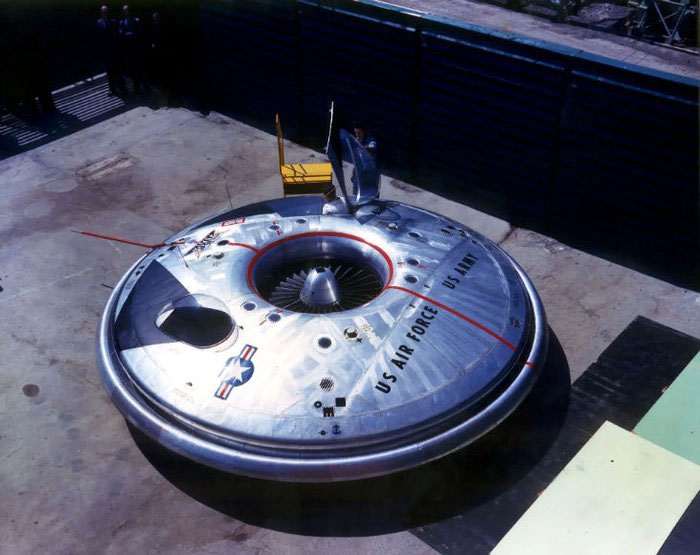
In the 1950s, the idea of a “flying saucer” was popularized by famous films depicting the appearance of “little green men” and extraterrestrials from other worlds. It would not be surprising that the U.S. Air Force invented its own flying saucer – the VZ9 Avrocar successfully achieved flight, becoming one of the most unique aircraft in the world. However, there were several serious technical issues that prevented it from ever being used long-term by the military – its engines often emitted so much heat that they could melt the equipment and instruments themselves.


















































